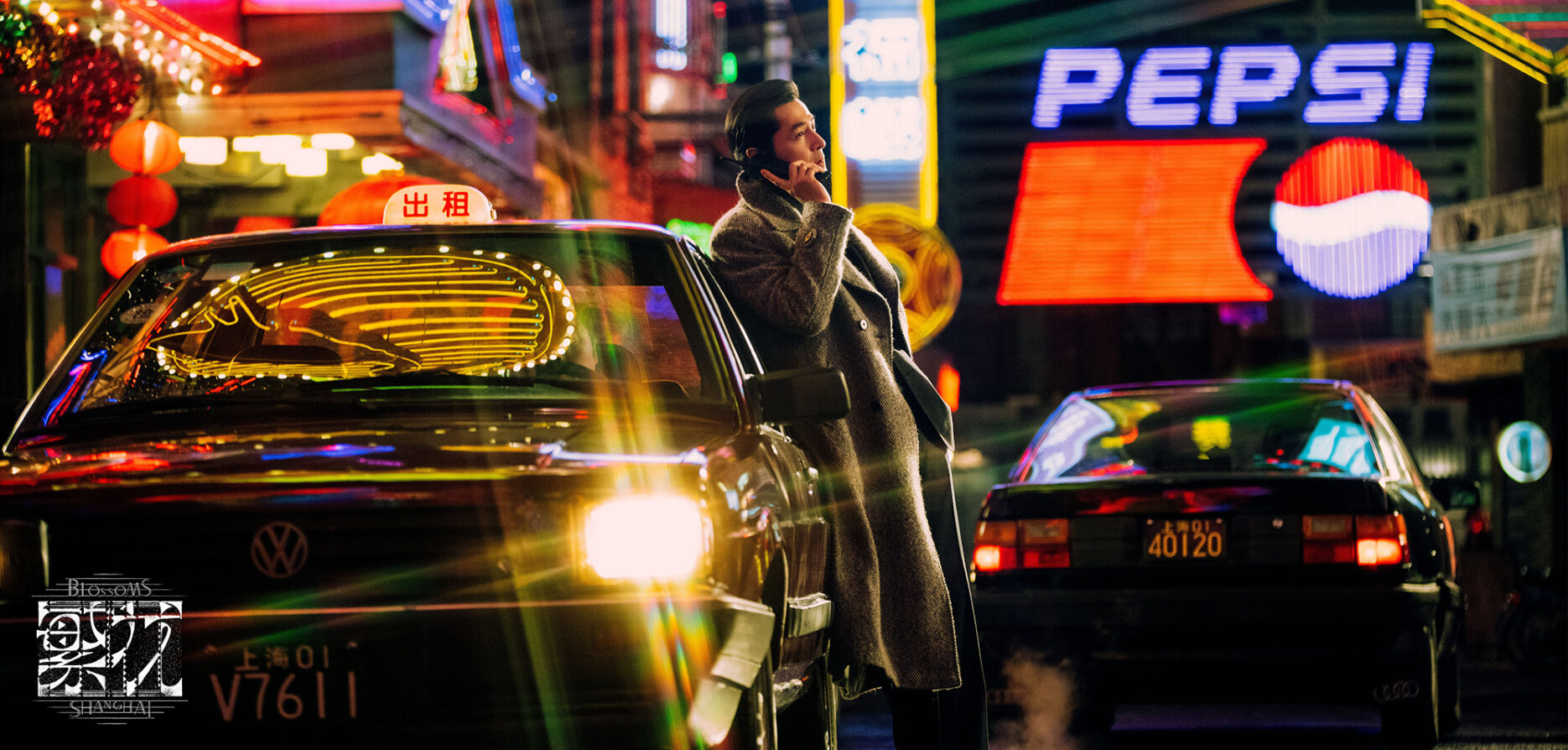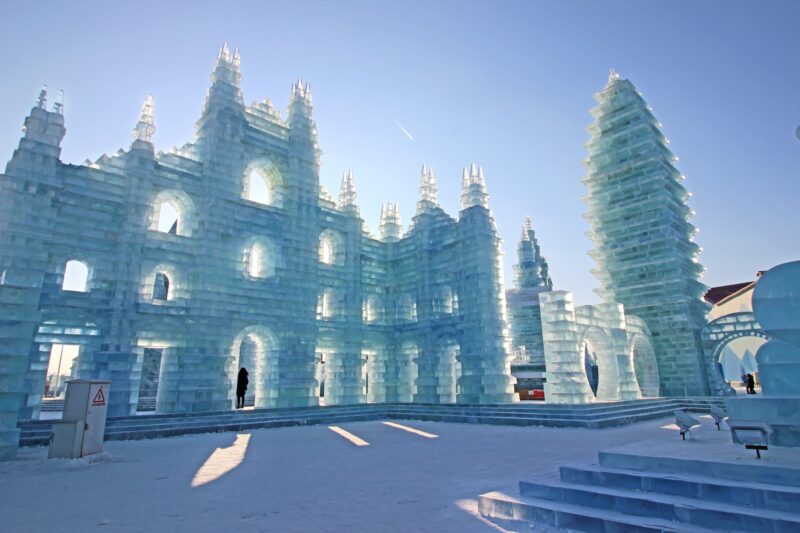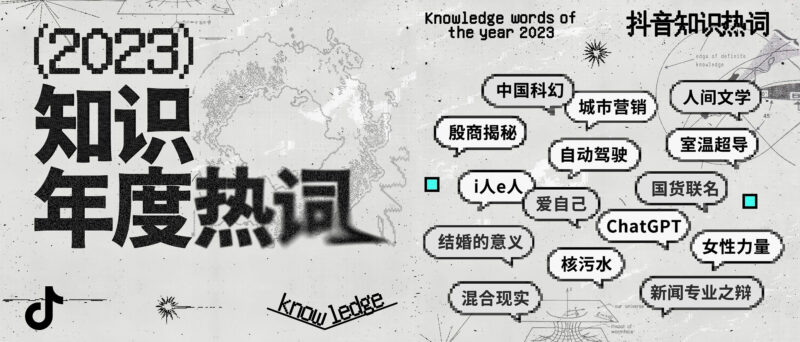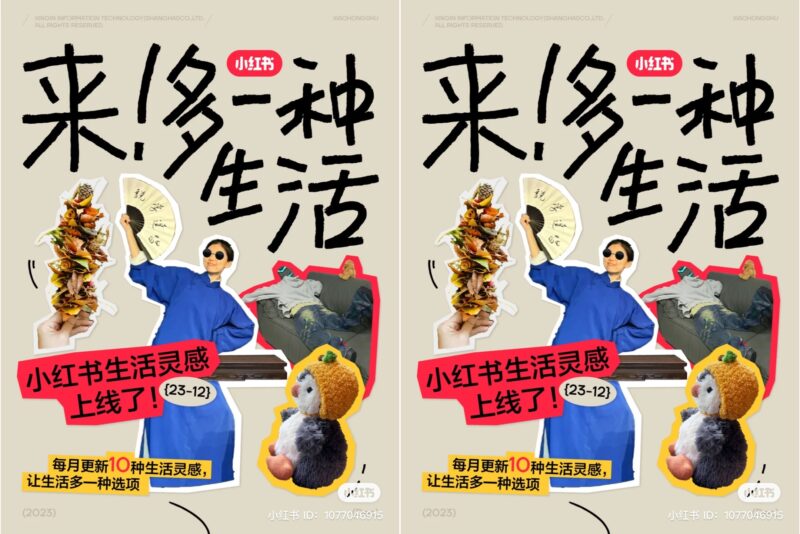Blossoms Shanghai, Shanghai-born Hong Kong film auteur Wong Kar-wai’s first foray into television was a decided success. At the end of its original run at the start of January, the show landed 362 hot searches on Weibo, China’s Twitter equivalent, with 10.28 billion accumulated views.
Blossoms, the novel the show is based on, is set over decades between the 1960s and 1990s. The TV series, on the other hand, only used materials from the 1990s to allow better pacing and possibly avoid the headache of portraying the Cultural Revolution. The 2013 book has also gained popularity and started ranking on sales lists due to the series.
The sponsors
The sponsors of the show are mostly historical brands that were prominent in China in the 1990s
The sponsors of the show are mostly historical brands that were prominent in China during the early days of the Economic Reform, in particular, the 1990s when the series is set. Sponsors include fashion houses Maison Montagut, Armani, Prada, food and beverage brands such as Pepsi, Rémy Martin, Ferrero Rocher and Bright Food, not to mention Estée Lauder and Macro Gas boiler. All official sponsors are featured in the show as product placements.


Like the TV series, one of the main strategies for the sponsors is to harness the power of nostalgia. In doing so, Pepsi called for photos of Shanghai in the 90s, as well as stories from 30 years ago. Similarly, Montagut gained a considerable amount of interest from users discussing their memories and family stories with the brand. Bright Food, a local brand from Shanghai, painted several buses with a retro ad, similar to how the buses appears in the show, providing physical check-in points in Shanghai.
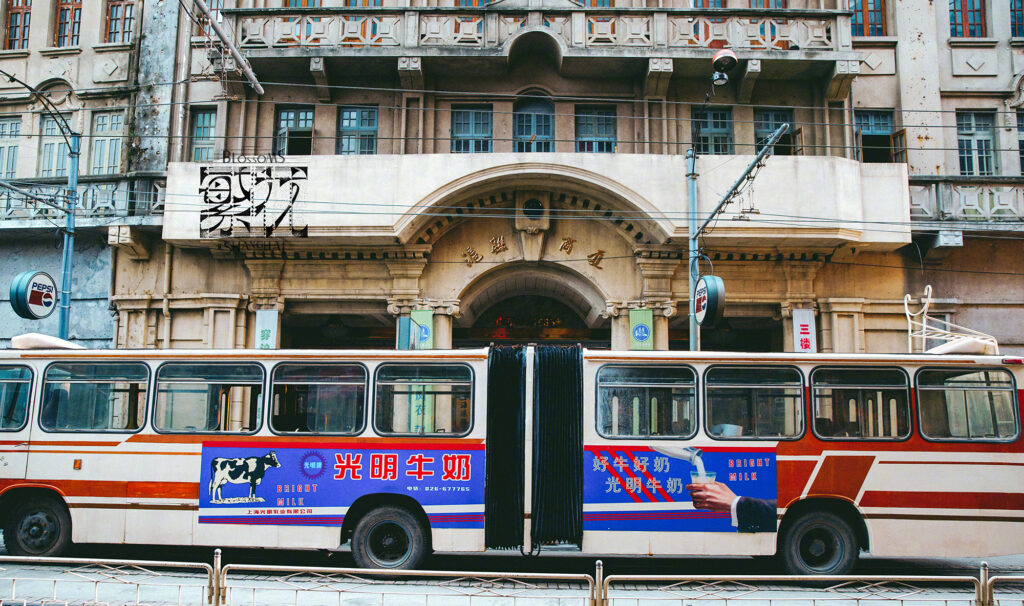
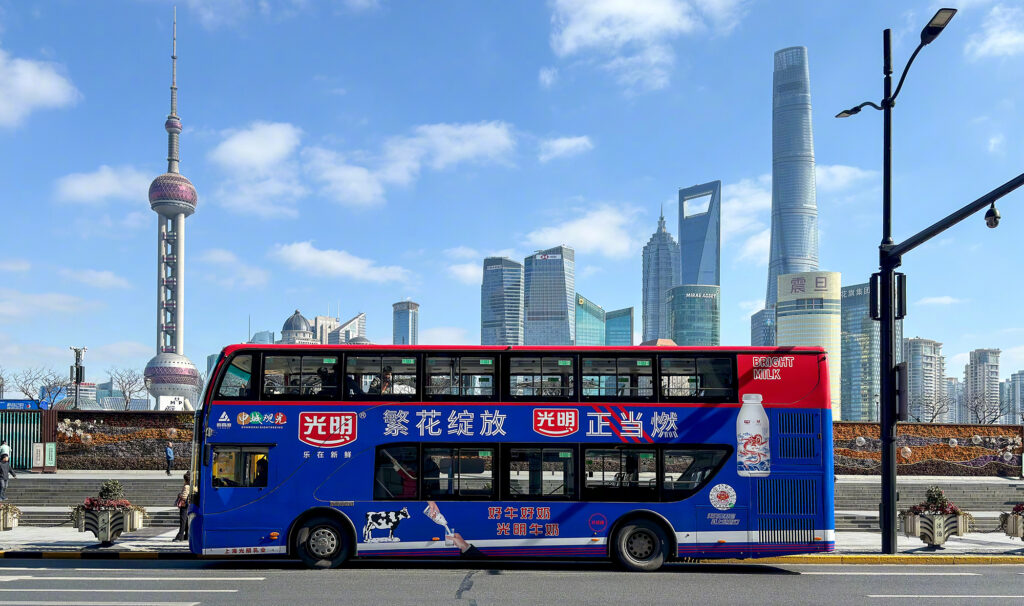
These brands were part of people’s everyday lives in the 90s and some continue to be so. The less common everyday brands took a different route in leveraging the viral popularity of the series. Food and beverage brands Rémy Martin and Ferrero Rocher, because of their higher brand status, mostly appear as a sign of wealth in the story and often use images from the show as ads. Armani, on the other hand, has the star of the show, Hu Ge as its brand ambassador, who was chosen not only for his looks in the series but also at award shows and talks to make a personal connection. Similarly, Estée Lauder announced actress Ma Yili, who plays Lingzi in the show as the brand’s skincare ambassador.
Ads and product placements
These iconic items often serve important purposes at pivotal moments in the plot
Some brands appear in the show without being official sponsors. Brands like Cadillac, Maotai and KFC feature heavily for their iconic status in 1990s Shanghai. Cadillac and Maotai were, and to many still are, a sign of social standing in the business world in the 90s, similar to Rémy Martin. These iconic items often serve important purposes at pivotal moments in the plot such as A Bao gifting Bausch & Lomb contact lenses or a Cadillac to Miss Wang. KFC, which had just opened its first restaurant in Shanghai in 1989, was a sign of being fashionable. In the early days, KFC in China adopted a higher brand positioning than it has today, making it a premium brand in the show.
Other labels, on the other hand, were the exact opposite. They did not have a spot in the show, but they aired their ads during commercial breaks on television or during streaming. Blossoms Shanghai incorporated 11 ads per episode from over 40 brands during its original run. Notable examples include Meituan, who had a commercial at the end of each episode, as well as a co-branded search for foods that appeared in the show for the Shanghai region. Similarly, Fairmont Peace Hotel, prepared not only a Blossoms Shanghai-themed set menu and afternoon tea, but also a themed suite that is home to A Bao in the show, all of which quickly sold out. Content platforms such as Xiaohongshu (RED) and Xiaoyuzhou podcast both released themed specials focusing on related topics such as the Shanghainese language, retro 90s look inspos and Shanghai cuisines.
The best of the rest
With a viral phenomenon stemming from Blossoms Shanghai, its influence is much more far-reaching than the official partners and items featured on screen. Huanghe Road, a street in Shanghai known for its various eateries, has prominent screen time on the show. Understandably, it has become a viral destination for tourists and locals alike. Blossoms Shanghai-themed city tours, or citywalks also popped up, mostly centred around Huanghe Road.
Food features heavily in the show, serving as both a backdrop for many business dealings and as a cultural statement of Shanghai. As many of the dishes from the series like A Bao’s favourites of beef ho fun and paofan went viral, official partners like Meituan and Peace Hotel could no longer satiate the needs of fans. Many vendors and restaurants began to market their dishes as “A Bao’s favourite” or “Miss Wang’s staple”, as the need for Shanghainese cuisine grew.
A similar situation occurred on e-commerce sites as well. Clones of jewellery and garments worn by the characters popped up on platforms such as Taobao. The problem became so widespread that the production company behind the hit series had to issue a statement through their lawyers to declare that they are the sole holders of the Blossoms Shanghai and related trademarks, and will take legal action against those violating their rights.
As a master of arthouse films, Wong Kar-wai’s TV debut was a commercial behemoth, both in terms of its over 2% ratings, huge number of commercials and sponsorships, and how it brought so much commercial interest to the City of Shanghai and 90s nostalgia. Thus, it provides a rare example of how brands and merchants in different positions can make use of this viral phenomenon, from early supporters who sponsored the show to brands like Meituan who capitalised on the use of commercials, and even restaurants on Huanghe Road that happened to appear in the series.
The show is an example of how brands in different positions can make use of the viral phenomenon
Recently, serial collaborator Hey Tea also teased a co-branded teahouse with the series. Without featuring on the show or airing its commercials during the original run, how the collaboration will go is hard to predict. However, according to a recent survey, the creativity and quality of the collaboration itself mean more to the consumer than the topic or partner choice alone. Hopefully, Hey Tea can provide an example of how to benefit from the show’s popularity, even if you’re late to the party.




